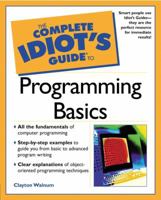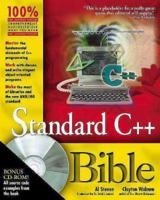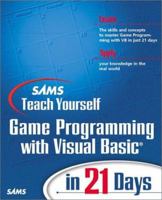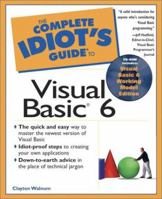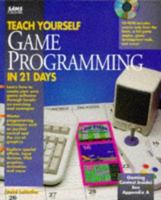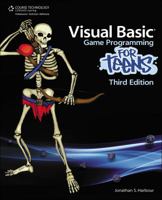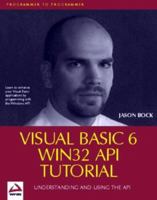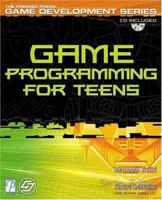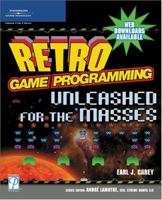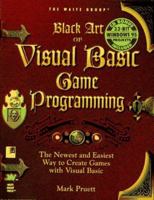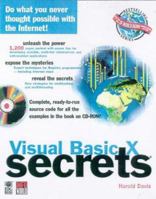3D Graphics Programming with OpenGL
Select Format
Select Condition 
You Might Also Enjoy
Book Overview
Readers will discover that they too can write programs using sophisticated 3D graphics that include shading, lighting, and texturing effects, and they don't have to be math majors to do it! This book includes a gentle introduction to 3D graphics principles, and then moves into how OpenGL programs are written under Visual C++ and Windows 95/NT. This description may be from another edition of this product.
Format:Paperback
Language:English
ISBN:087930474X
ISBN13:9780879304744
Release Date:January 1997
Publisher:CRC Press
Length:419 Pages
Weight:1.70 lbs.
Dimensions:0.9" x 7.5" x 9.2"
Customer Reviews
5 customer ratings | 5 reviews
Rated 4 starsNot a bad book
By Thriftbooks.com User,
If you want to read the first 30 pages and start programming in OpenGL, this is not the book for you. The first line of OpenGL code is around page 143. Try the book, 'OpenGL Superbible'. Assuming you know enough MFC to get by and if you're looking for a book that will explain the basics of 3D programming and then interface these basics with the OpenGL interface, this book is for you. For the almost 500 pages the book contains,...
0Report
Rated 4 starsBasic introduction to 3D and OpenGL
By Thriftbooks.com User,
As a basic introduction to 3D and OpenGL, it isn't bad. It doesn't cover advanced OpenGL features (for example picking) or 3D concepts. Beware of the faulty 3D rotation matrices for y and z.
0Report













